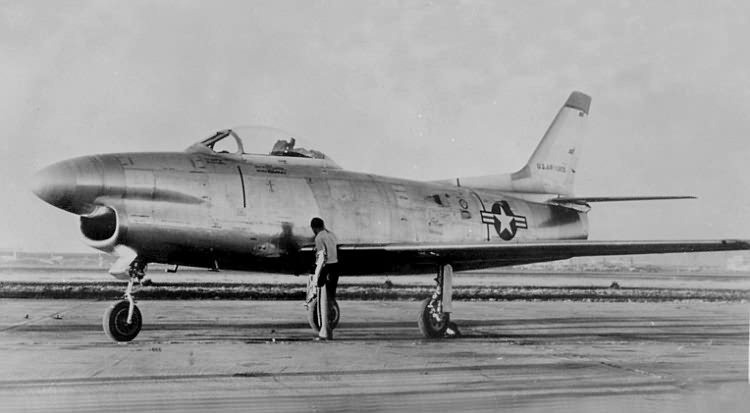
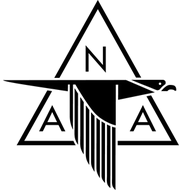
Based on the F-86A day fighter, the F-86D (originally designated YF-95) was a radar-equipped, rocket-armed, all-weather interceptor. Its first flight took place only nine years after the first flight of North American’s prototype NA-73X, which would become the famous P-51 Mustang fighter of World War II. This was an amazing jump in technology in just a few years.
The interceptor was intended to be an improved variant of the F-86A Sabre day fighter. During development, though, so many changes became necessary that the F-86D shared only about 25% of its parts of the F-86A. Essentially an new airplane, the Air Force assigned it the designation YF-95. It would revert to the F-86D designation before it actually flew.
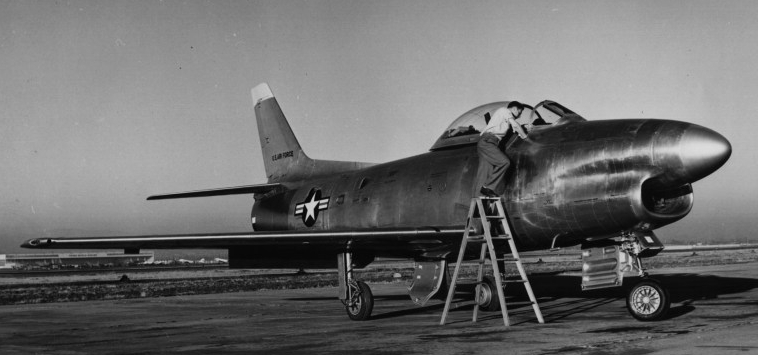
The first YF-86D (still identified as YF-95) was rolled out at North American’s Inglewood plant in September 1949. In late November it was partially disassembled to be transported by truck to Edwards Air Force Base, about 120 miles (193 kilometers) away. The airplane was then reassembled and ground tested to prepare it for flight.
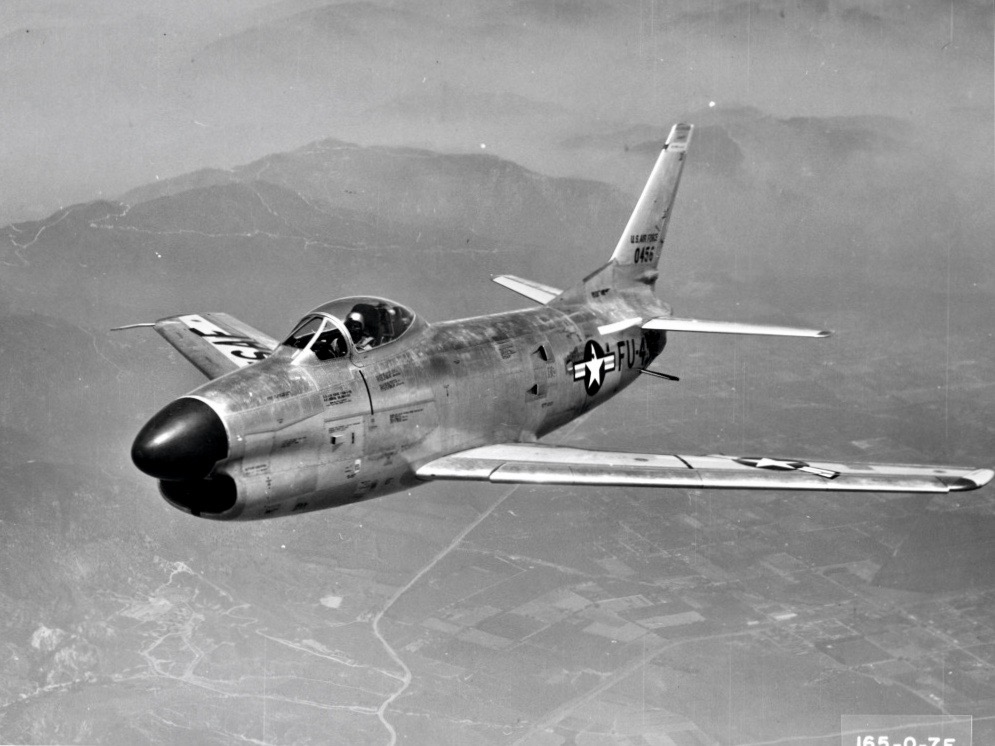
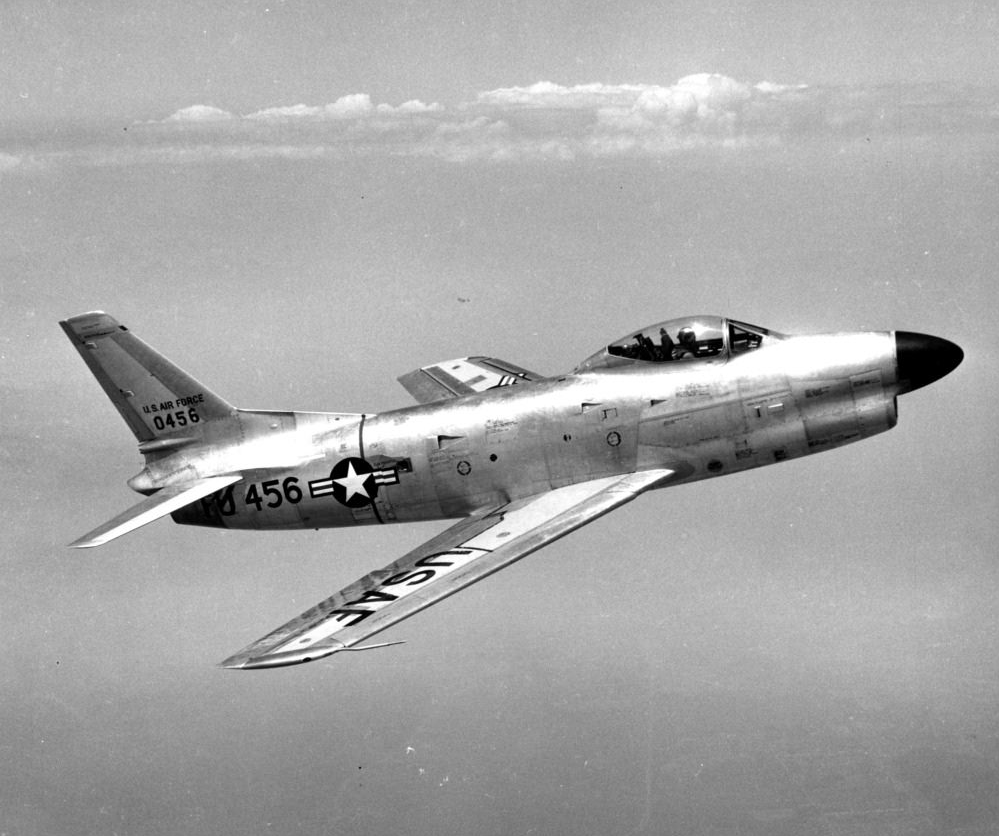
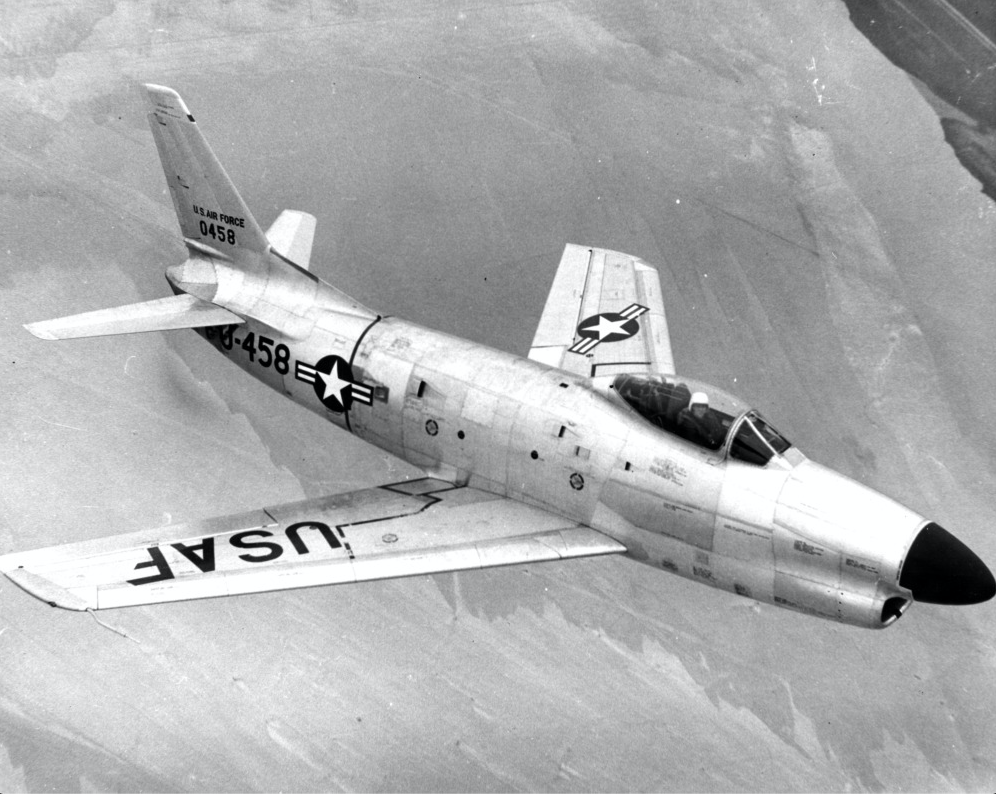
The first two test aircraft carried no armament or fire control/radar system and retained the sliding canopy of the F-86A. This would be replaced with a hinged “clamshell” canopy in production models. The airplane was 40 feet, 3.1 inches (12.271 meters) long with a wingspan of 37 feet, 1 inch (11.294 meters) and overall height of 15 feet, 0 inches (4.572 meters). Its empty weight was 12,470 pounds (5,656 kilograms) and maximum takeoff weight was 18,483 pounds (8,384 kilograms).

The first production aircraft, F-86D-1-NA Sabre 50-455 (manufacturer’s serial number 165-1) had a maximum speed of 614 knots (707 miles per hour/1,137 kilometers per hour) at Sea Level, and 539 knots (620 miles per hour/998 kilometers per hour)at 40,000 feet (12,192 meters). From a standing start, the interceptor could climb to 40,000 feet in 5 minutes, 54 seconds with a full combat load. The service ceiling was 54,000 feet (16,460 meters).
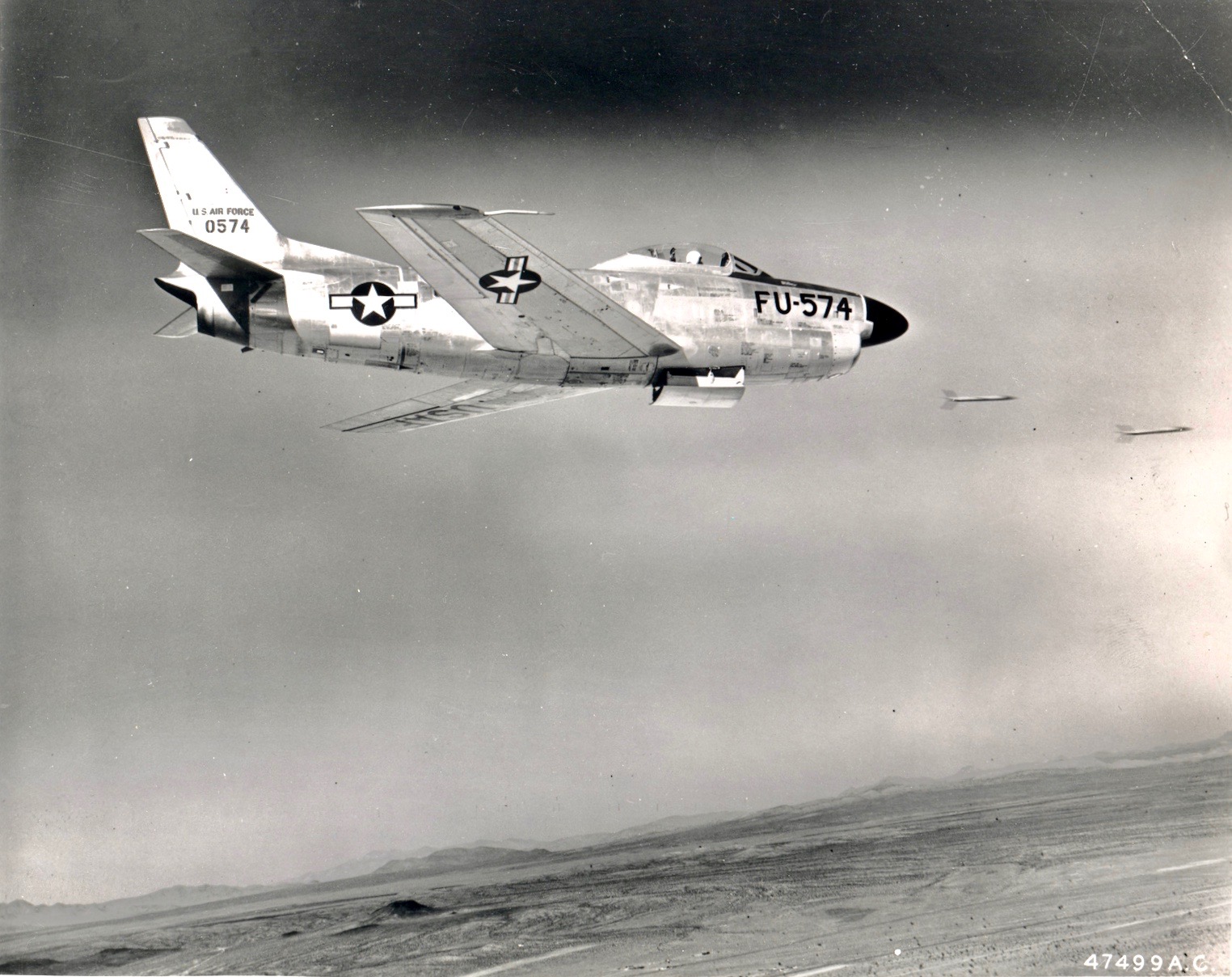
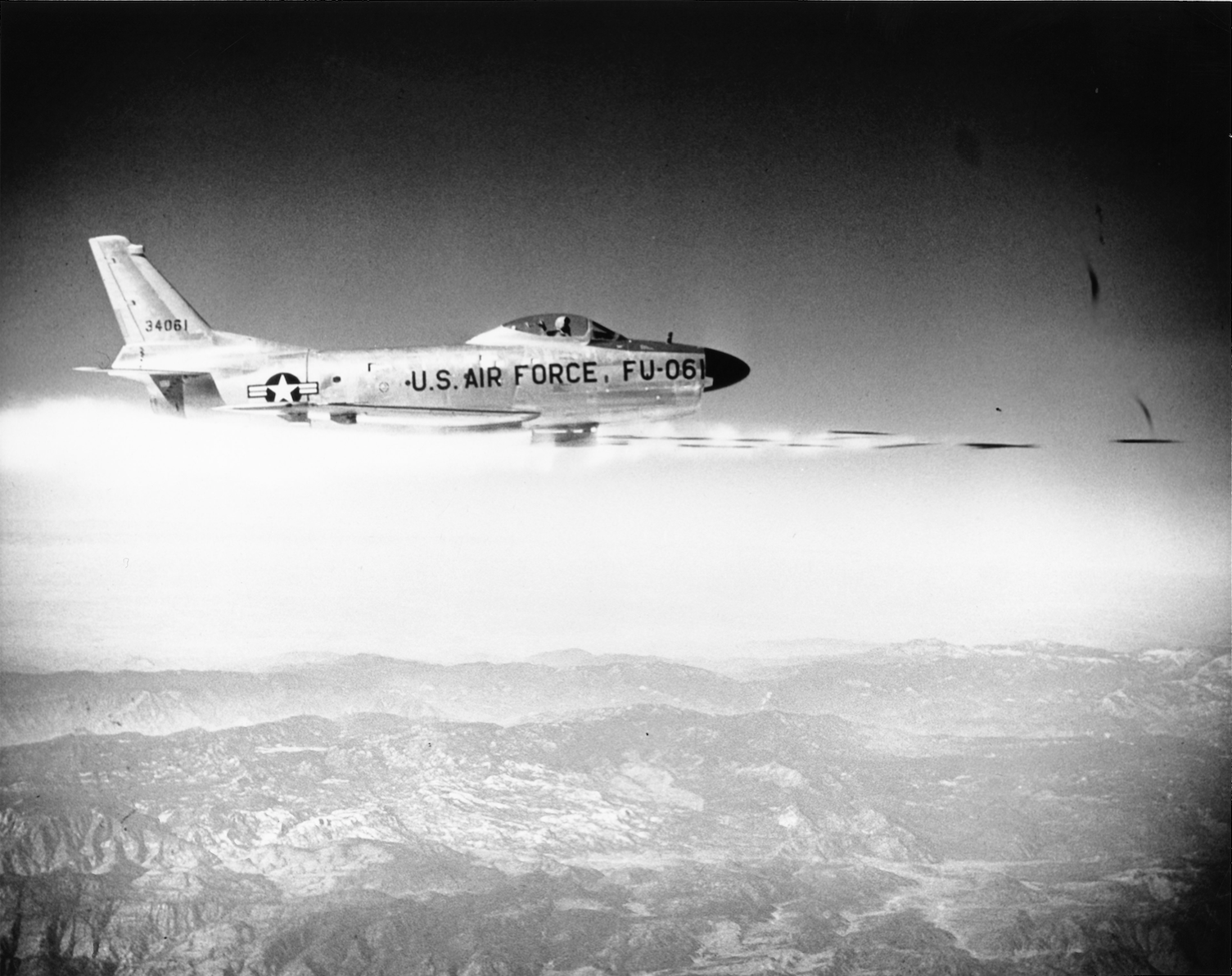
The F-86D Sabre carried no guns. Instead, its armament consisted of twenty-four 2.75-inch (70 millimeter) Mk 4 Folding Fin Aerial Rockets (FFAR) with explosive warheads, carried in a retractable tray in the airplane’s belly. A Hughes electronic fire control computer was used to calculate an interception path and determine the firing point for the unguided rockets.
The aircraft was so complex that the pilot training course was the longest of any aircraft in the U.S. Air Force inventory, including the Boeing B-47 Stratojet.
The single-seat F-86D Sabre was nearly 50 knots faster than the contemporary twin-engine Northrop F-89 Scorpion and Lockheed F-94 Starfire, both of which carried a two-man crew. North American Aviation built 2,504 F-86D Sabres, and these equipped nearly two-thirds of the Air Defense Command interceptor squadrons.
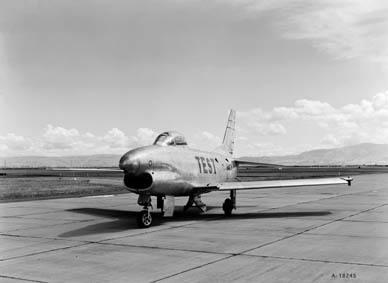
After the Air Force service test program was completed, 50-577 was transferred to the National Advisory Committee on Aeronautics (NACA) Ames Aeronautical Laboratory at Moffett Field, California, and designated NACA 149. It was used as a variable stability aircraft for flight testing various control configurations for feel, sensitivity and response.
NACA 149 remained at Ames from 26 June 1952 to 15 February 1960.
© 2018, Bryan R. Swopes